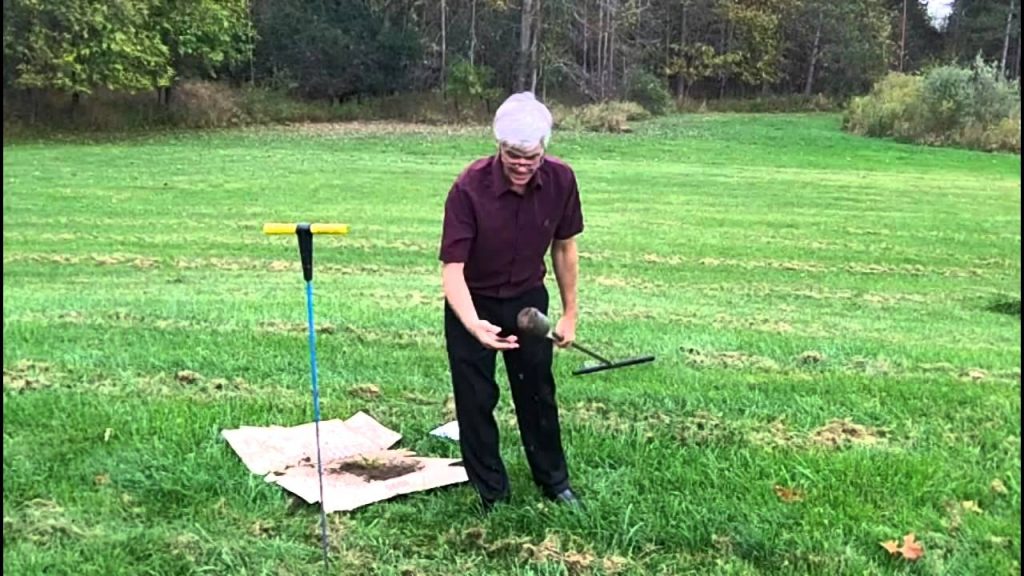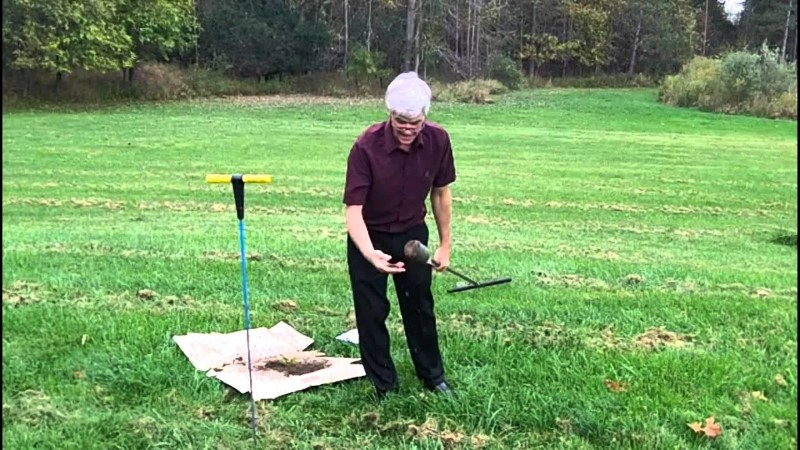
How often should you inspect your sand mound? Well, you should have this done annually. This is done properly by the right professionals for the job. It would be much better of you choose those who have conducted the inspection of your sand mound system before.
There actually has to be a degree or level of extensiveness in investigating your sand mound. Almost all cases do not permit every part of the system to be inspected at all. If you would really want to have a very detailed assessment of your sand mound, you would have to dig up the tank itself, the pipes, the soil absorption system, and the sand filter among others. This is not advisable at all because of the possible damage to the sand mound system and to your landscaping. The soil’s condition could also change by constant digging. It is impractical to perform soil suitability tests during such endeavors. Here are some considerations that you should keep in mind when you have to make when you inspect your sand mound:
1. History
You should consider knowing about the history of the sand mound. Note that even if systems work flawlessly for years may just fail all of a sudden. Every type of septic system has a certain life span and it is usually hard to determine how long it will really last…maybe three to three hundred years, depending on the care and maintenance.
2. Non-invasive
A good way to start your inspection is a non-invasive method. This would help determine the real condition of your existing sand mound. During this method, you leave the soil untouched and do not change the system in any way. The first thing done here is that all the very accessible caps or lids are removed so that the level of the liquid inside them may be observed. During this time, the water inside your home should be run for half an hour. This is the time when the pipes and absorption area are assessed. Only visual cues are relied upon to tell the septic expert of any defect in the sand mound system. This type of inspection would not damage the lawn by invasive digging. The toilets are also flushed at the same time to see if they function well. Your drain pipes are monitored to see if there is another system used in the house.
3. Probe bar
The probe bar is used on the absorption area to check the moisture in the soil. If the soil is saturated, there usually is a problem with the leaching part of the system. This sogginess may give out lush grass growth or a disarming septic odor. Heavy levels of beneficial bacterial treatment should be introduced into the septic tank and drain filed. Beneficial live bacterial can restore a failed sand mound or drain field.
4. Liquid
If the level of liquid goes above the stone already, this may indicate a defect. But there are several reasons why this happens. Some of the reasons are maybe the sand mound has already served its full life span that it has already stopped letting the soil enter the absorption area; there might be substances that clog the absorption area; the system has heavy water overload brought about by leaks in the system, an undersized tank, or overuse of water; a very high water table without any septic opening at the surface with a small amount of soil for effluent purification.
When you think of inspecting your sand mound on an annual basis, try your best to monitor the process. This is to make sure that your entire area is kept safe and damage-free. It may be too frequent for you but you will reap rewards in the long run. A well-kept sand mound is a happy sand mound that will function optimally for years to come.
